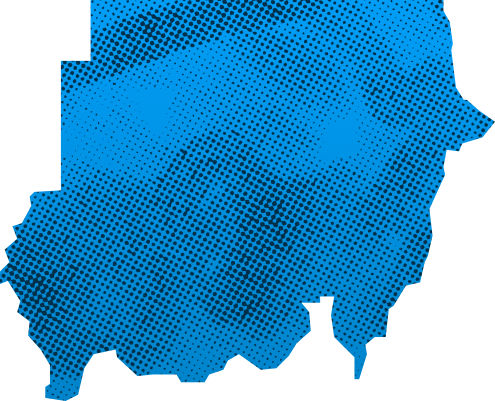
Volunteer statistics (ILO)*
Source: ILOSTATS. The data is collected by ILO from national statistical offices. As national statistics on volunteer work are produced using a variety of approaches and tools, direct and cross-country comparisons are not recommended. For more information, visit https://ilostat.ilo.org/topics/volunteer-work/
No data
Measurement work
No data
Laws, Policies, Schemes on Volunteering
Does the country have a piece of legislation on volunteering?
Does the country have a national policy, scheme, plan or strategy specific to volunteering?
No data
Does the country have a sectoral and cross-sectoral policy, scheme, plan or strategy that mentions volunteering?
NoVNR Reporting
Paragraph 1, page 11
The NVR 2018 process is inclusive as it has engaged all national state- and non-state stakeholders: the line ministries and public institutions, the private sector, the parliament, the civil society and voluntary organizations, the community-based organizations, the non-governmental organizations, and the Sudanese people, especially youth and women.
Paragraph 2, page 30
Each sub-program includes a matrix showing the activities to be undertaken, and the estimated resources that are needed for implementation. The activities cover all stakeholders, especially engagement of the private sector, national voluntary organizations, community-based organizations and institutions of excellence.
Paragraph 3, page 10
The VNR 2018 process aims to raise the profile of Agenda 2030 and the SDGs in the country, especially among all stakeholders (government, the private sector, community-based organization, voluntary organizations, etc.) leaders, key officials, planners and policy makers.
No mentionVoluntary National Review for 2022
View sourceReporting positive contribution of volunteering to the SDGs
Paragraph 1, page 29
Unequal access: There are high disparities in education between the eighteen states in Sudan.
Education is not inclusive. Disproportionate deprivations affect education of IDPs, refugee’s and
returnees, children with disabilities, and nomadic children. Displaced children, who account for 50
percent of the IDPs are vulnerable. IDPs schools are built on temporary buildings, most of the
teachers are volunteers, and approximately half have not been trained as teachers.
Paragraph 1, page 13
Takaya or communal kitchens is a deep-rooted community-driven approach, which was revived during the conflict. They assist the poor with food. Volunteers run the operation mainly from the neighborhood who buy food material, cook, prepare and distribute the meals for the needy without asking for identity or status. Takaya are funded by donations from Sudanese citizens including business people, Sudanese diaspora, and able community members. Recently some Takaya started to provide additional services like provision of life saving medicines, first aid emergency care, temporary accommodation, and water supply. In Khartoum state for example there are about 1123 units of various capacities, with 20,000 volunteers and benefiting about 3.3 million persons. The government, and international organization started to support the Takaya to deliver humanitarian aid to war affected population.
No mention